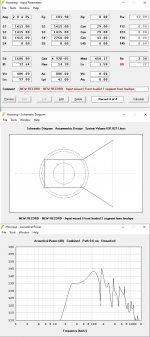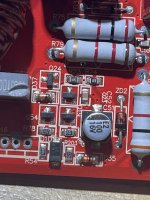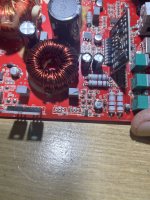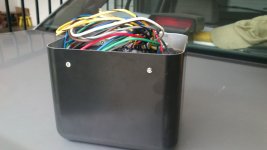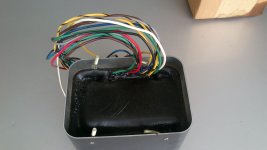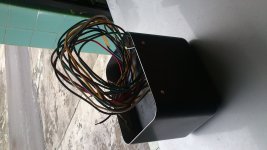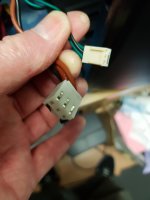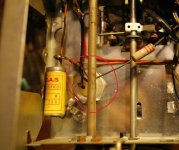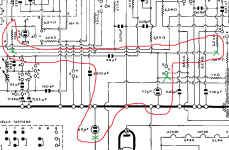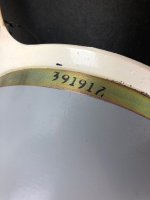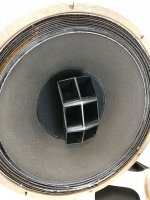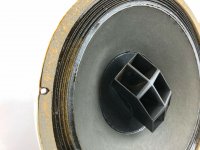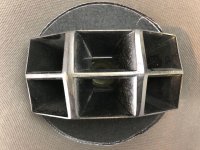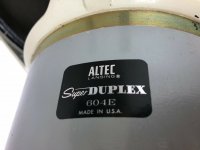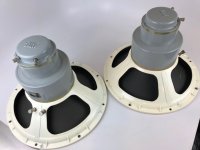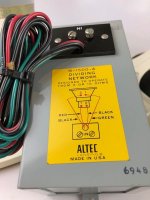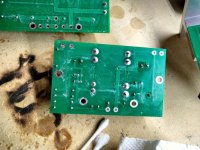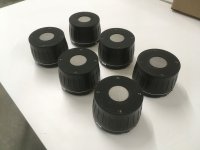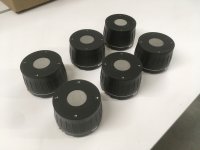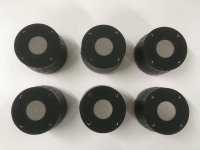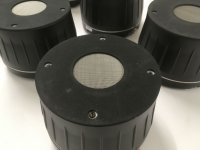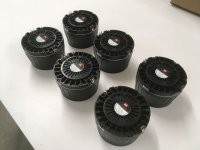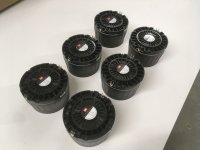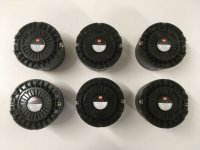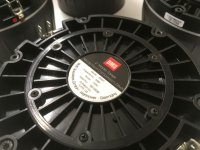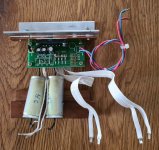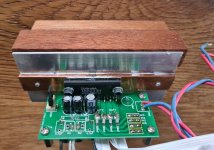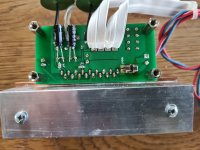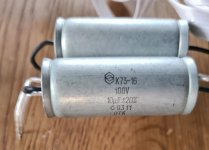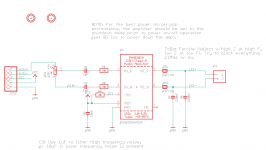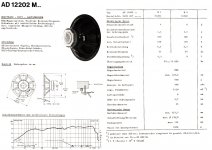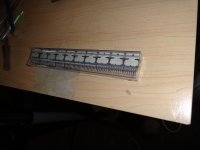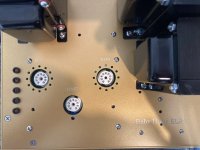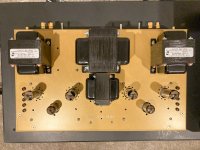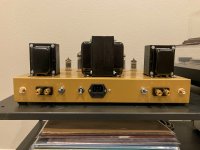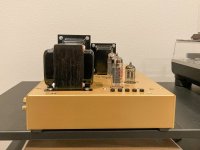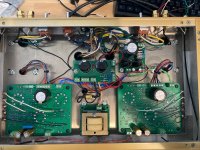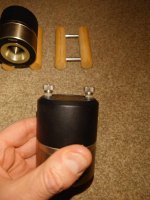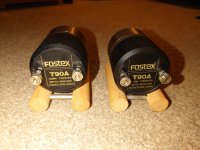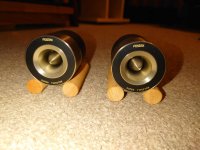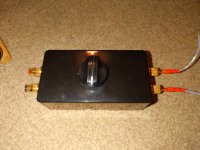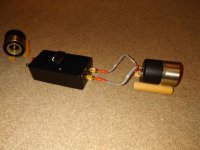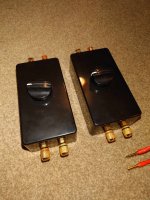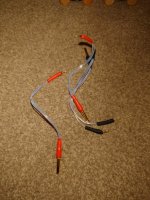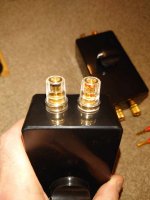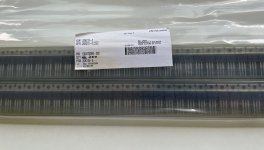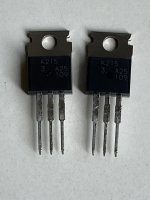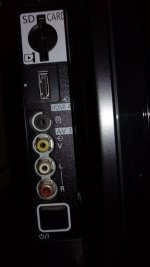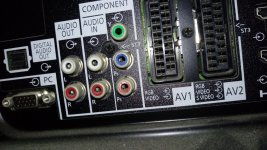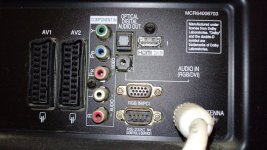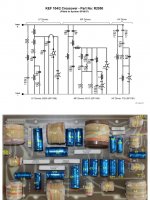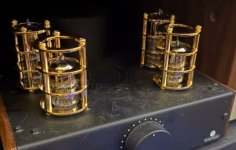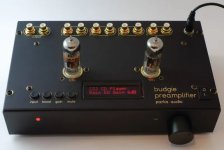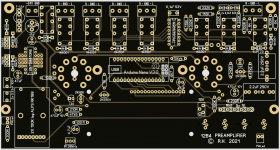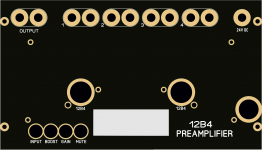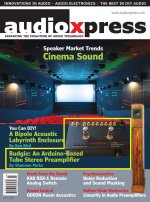Question about 4" BMR drivers like used in Philharmonic's BMR kit... (F.E. Tectonic, or Cotswold Audio)
Since I first read about BMR drivers I found the idea quite interesting.
Once I found out about f.e. NAIM using them and the Philharmonic BMR speakers I decided I wanted to try them.
But - besides having built 3 or 4 designs by other people, I have zero knowledge about speaker design, I know diddly squat about electronics - I'm a software guy, not a hardware / electronics guy...
So anyway, I ordered a pair of Tectonic TEBM46C20N-4B BMR 3" Full-Range drivers (because I think that's what the Philharmonic BMR's use?).
I'm testing them right now in a test-cabinet together with a woofer and a tweeter.
They sound good - I like their dispersion, good sound off-axis.
But - when disconnecting the woofer and the tweeter, and turning up the volume a bit, to me it really does sound like overdriven (distorted) sound from a boombox.
I mean, it's a 3" driver so what can you expect, right?
But on the other hand I see very expensive speakers / speaker kits using these drivers - or drivers like these - and getting amazing reviews (like the Philharmonic BMR).
I know it's not them, it's me - I'm just starting out with audio stuff so what do I know.
But can anyone explain to me how for example the Philharmonic BMR speaker either gets great reviews while the mid-range driver (the small BMR) distorts so much when turning up the volume... OR how they avoid the mid-range (BMR) driver distorting somehow when turning up the volume?
(I'm not talking about club-level volume, I'mt talking about "birthday party" volume.. just slightly more than "usual living room volume" 🙂)
Once I found out about f.e. NAIM using them and the Philharmonic BMR speakers I decided I wanted to try them.
But - besides having built 3 or 4 designs by other people, I have zero knowledge about speaker design, I know diddly squat about electronics - I'm a software guy, not a hardware / electronics guy...
So anyway, I ordered a pair of Tectonic TEBM46C20N-4B BMR 3" Full-Range drivers (because I think that's what the Philharmonic BMR's use?).
I'm testing them right now in a test-cabinet together with a woofer and a tweeter.
They sound good - I like their dispersion, good sound off-axis.
But - when disconnecting the woofer and the tweeter, and turning up the volume a bit, to me it really does sound like overdriven (distorted) sound from a boombox.
I mean, it's a 3" driver so what can you expect, right?
But on the other hand I see very expensive speakers / speaker kits using these drivers - or drivers like these - and getting amazing reviews (like the Philharmonic BMR).
I know it's not them, it's me - I'm just starting out with audio stuff so what do I know.
But can anyone explain to me how for example the Philharmonic BMR speaker either gets great reviews while the mid-range driver (the small BMR) distorts so much when turning up the volume... OR how they avoid the mid-range (BMR) driver distorting somehow when turning up the volume?
(I'm not talking about club-level volume, I'mt talking about "birthday party" volume.. just slightly more than "usual living room volume" 🙂)
